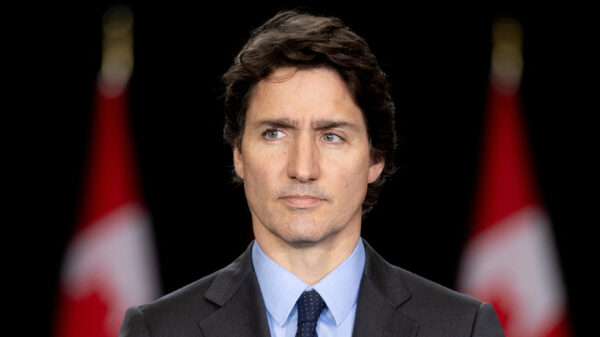SINGAPORE, Feb 9 – The boom in low-cost travel and a growing web of open-skies agreements are expected to power long-term growth for Asian airlines after the global recession, industry bosses and analysts said.
Participants in the Singapore Airshow which ended Sunday expressed optimism that the region, particularly China, will lead the rest of the world to recovery after the most harrowing year in global travel.
The world aviation industry lost an estimated 11 billion dollars in 2009 after a financial crisis that began in the United States grounded travellers and forced airlines to cancel or defer plane orders.
Organisers of the Singapore Airshow said 10 billion dollars\’ worth of contracts were done during the event, down from 13 billion dollars in 2008.
"We look forward to the market picking up further as the industry rides the upturn," said Jimmy Lau, managing director of the show, Asia\’s biggest civilian-military aerospace conference and exhibition.
Top aircraft makers Boeing and Airbus say Asia will be the world\’s biggest airplane market in the next 20 years, with orders expected to surpass 8,000 passenger and cargo planes worth over one trillion dollars.
A key demand driver is the explosion in budget air travel.
This has allowed many ordinary Asian families to travel by plane for the first time because of dirt-cheap fares and services to more destinations outside capital cities, ending the dominance of big national carriers.
By the latest count, there are at least 45 low-fare airlines across Asia from Japan to Pakistan. Unlike premium airlines, many of them managed to soar above the economic turbulence.
Singapore budget carrier Tiger Airways announced it has brought forward the delivery of another four Airbus A320s to next year instead of 2016, bringing to nine the number of planes whose delivery has been accelerated.
The carrier, which started flying in 2004, also announced it had flown its 12 millionth passenger — less than two months after the 11-million mark.
Garuda president and chief executive Emirsyah Satar said the Indonesian flag carrier expects to launch a budget offshoot.
John Leahy, Airbus chief operating officer for customers, said that last year Asian budget carriers flew an average 1,800 kilometres (1,118 miles) per flight to 576 airports, up from 2001 when they averaged 700 kilometres to 48 airports.
"If you put that together, you can see a growth rate compounding of almost 40 percent a year," he said.
Market liberalisation is the other growth engine, with the opening of new routes between secondary destinations, especially in China, India and Southeast Asia, enabling more people to travel by air.
"Asian aviation will not reach its potential if the airlines are constrained to old ways of doing business," said Giovanni Bisigniani, director general of the International Air Transport Association (IATA).
IATA estimates that the global aviation industry\’s losses will narrow from 11 billion dollars last year to 5.6 billion dollars in 2010.
Asia-Pacific airlines\’ losses are forecast to fall from 3.4 billion dollars in 2009 to 700 million dollars this year.
China and the Association of Southeast Asian Nations (ASEAN), which have a combined population of 1.8 billion, are expected to conclude talks this year on a pact to further open up their aviation markets to each other.
Within ASEAN, the 10 member countries are looking at a deal allowing for maximum competition by 2015 as part of a regional free market.
Analysts and airline chiefs say Asia\’s fragmented geography and the lack of modern rail, road and sea links make airlines an attractive travel mode.
The region\’s population of over three billion people also means there are enough passengers for competitors to share, they add.
Randy Tinseth, vice president for marketing at Boeing Commercial Airplanes, said opening up busy routes to more competition will make tickets even more affordable.
"When you have open skies, you have liberalisation," Tinseth told AFP at the airshow. "It opens up a level playing field."

































